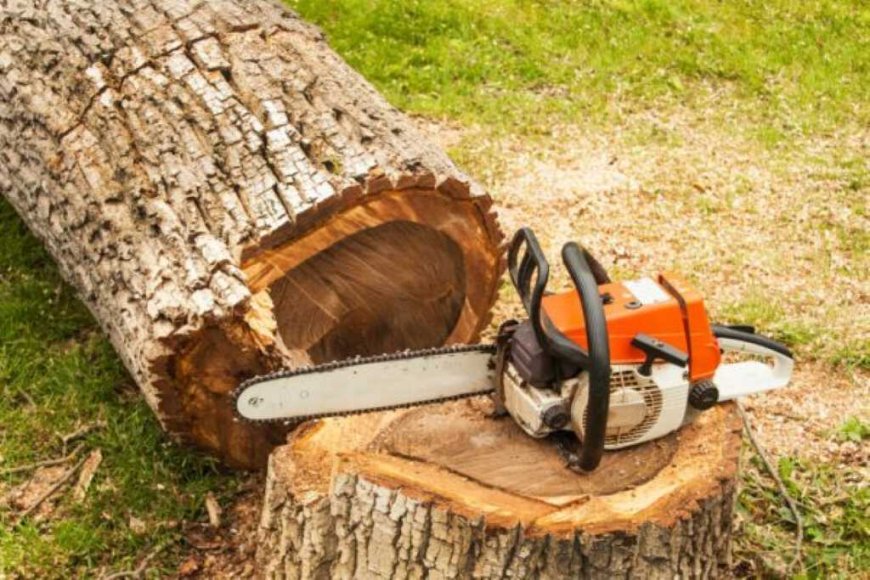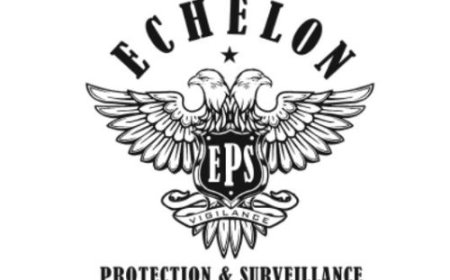Tree Removal: A Complete Guide to Safe and Effective Tree Cutting
Tree removal isn't just about chopping down wood—it’s a careful process that balances safety, legality, and respect for nature. Whether you're dealing with a dying tree or making room for new landscaping, always prioritize expert advice and professional help.

Tree removal isn't just about cutting down wood. Its about safety, aesthetics, and property value. Whether a tree is sick, damaged, or simply in the wrong place, knowing when and how to remove it is key to a healthy landscape.
Why Tree Removal is Sometimes Necessary
As much as we love our leafy friends, some trees outgrow their welcome. Tree removal may be necessary to:
-
Protect your home
-
Prevent injury
-
Stop the spread of disease
-
Make way for new construction
Common Reasons for Removing Trees
-
Storm Damage: Broken limbs or uprooted trunks
-
Diseased Trees: To prevent spreading to others
-
Obstructed Views: Blocking sunlight or scenery
-
Foundation Damage: Roots invading plumbing or building structures
Signs That a Tree Needs to Be Removed
Dead or Dying Trees
A tree with brittle, leafless branches and no signs of growth is likely deadand dangerous.
Tree Leaning Dangerously
If a tree is leaning at an unusual angle, especially after a storm, it may be unstable and could fall.
Root Damage
Visible root damage, or upheaval near sidewalks and foundations, suggests the trees support system is compromised.
Pest and Disease Infestation
Signs like bark peeling, mushrooms at the base, or boreholes often mean internal decay.
Interference with Power Lines or Structures
Trees growing too close to power lines or rooftops can cause outages or property damage.
The Tree Removal Process
Pre-Inspection and Risk Assessment
A certified arborist will evaluate the trees health, structure, and proximity to buildings and utilities.
Tools and Equipment Used
-
Chainsaws
-
Ropes and harnesses
-
Wood chippers
-
Cranes (for large or tricky trees)
How Trees Are Safely Taken Down
Most trees are removed in sections from the top down. Branches and trunks are carefully lowered to avoid damage.
Cleanup and Debris Removal
After the tree is down, branches are chipped, logs are cut for firewood, and the area is cleaned.
Professional Tree Removal vs DIY
Safety Concerns
Tree removal is one of the most dangerous home improvement jobs. Falling limbs, unstable trunks, and power lines make DIY risky.
Cost Considerations
You might save money doing it yourself, but mistakes can cost more in repairs, injuries, or lawsuits.
When It's Safe to DIY and When to Call Experts
-
DIY: Small trees far from structures
-
Pro: Large trees, near power lines or homes
How to Choose a Tree Removal Service
What to Look for in a Company
-
Certified arborists on staff
-
Licensed and insured
-
Transparent estimates
-
Positive reviews and references
Questions to Ask Before Hiring
-
How will the tree be removed?
-
Whats included in the quote?
-
Will the stump be removed too?
Verifying Insurance and Licenses
Always confirm credentials. Ask for proof of liability and workers comp insurance.
Cost of Tree Removal
Factors That Affect Pricing
-
Tree height and diameter
-
Location and accessibility
-
Risk level
-
Emergency or weekend service
Average Costs by Tree Size
-
Small tree (under 30 ft): $150$400
-
Medium tree (3060 ft): $400$1,200
-
Large tree (60+ ft): $1,000$2,000+
How to Get a Fair Quote
-
Get at least 3 estimates
-
Ask for itemized pricing
-
Avoid quotes that seem too low
Legal Considerations in Tree Removal
Permits and Local Regulations
Some cities require permits for tree removal, especially for protected species. Check with your local municipality.
Neighbor Tree Disputes
You usually can't remove a neighbors tree without permissioneven if branches hang over your yard.
Stump Removal Options
Grinding vs Full Removal
-
Grinding: Fast, cost-effective, leaves roots
-
Full Removal: More labor-intensive but clears the entire root system
Replanting After Stump Removal
Let the area settle and amend the soil before planting a new tree in the same spot.
Environmental Impact of Tree Removal
Minimizing Harm to Local Ecosystem
Whenever possible, replant another tree. Mulch removed trees to return nutrients to the soil.
When to Replant After Removal
Ideally, replant in early spring or fall for best root development.
Tree Removal and Property Value
How Removal Can Improve Safety and Appeal
A dangerous or ugly tree can reduce curb appeal and scare away buyers. Removing it opens space and improves views.
Risks of Not Removing Hazardous Trees
Waiting too long can result in:
-
Costly damage to property
-
Injury or death
-
Legal liability
Preventive Measures Before Tree Becomes a Risk
Routine Tree Inspections
Have a professional inspect your trees once a year, or after major storms.
Proper Pruning and Maintenance
Pruning keeps trees healthy and structurally soundpotentially avoiding future removal.
Conclusion
Tree removal isn't just about chopping down woodits a careful process that balances safety, legality, and respect for nature. Whether you're dealing with a dying tree or making room for new landscaping, always prioritize expert advice and professional help.
FAQs
Q1: Is a permit needed to remove a tree from my yard?
A: It depends on local laws. Check with your city or HOA for specific rules.
Q2: How long does the tree removal process take?
A: Most removals take a few hours to a full day, depending on size and complexity.
Q3: Can I keep the wood after tree removal?
A: Absolutely. Many companies will cut the wood for firewood if requested.
Q4: What happens to the roots?
A: Unless fully removed, roots will decay naturally over time after the tree is cut.
Q5: Will my insurance cover tree removal?
A: Insurance often covers tree removal if it's due to storm damage, but not for cosmetic or routine removals.











































